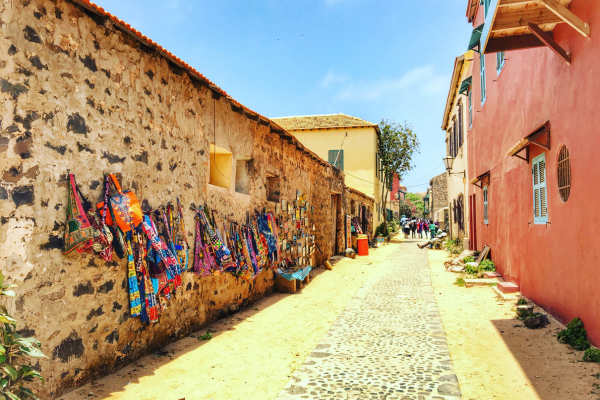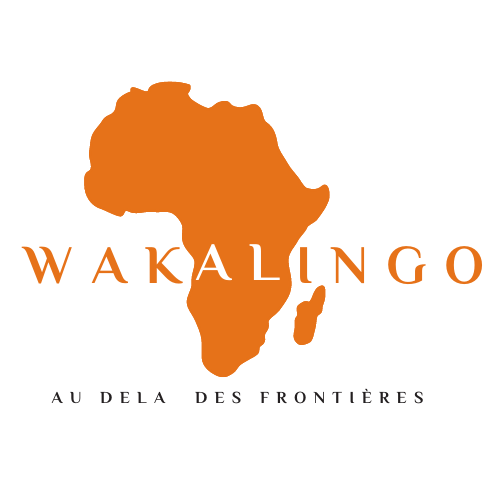
The Wolof language is not limited to its linguistic aspect, but also encompasses a rich culture that is closely linked to it. In this article, we explore the cultural aspect of Wolof, highlighting its place in Senegalese society and discovering the traditions, artistic expressions and values deeply rooted in this fascinating language.
- Language and cultural identity: Wolof plays a central role in the construction of Senegalese cultural identity. It is widely used in everyday communication, both spoken and written, and is particularly important in social interactions. Learning Wolof enables individuals to connect with their cultural heritage and strengthen their sense of belonging to the Wolof community.
- Wolof proverbs and expressions: The Wolof language is famous for its proverbs and idiomatic expressions, which capture the wisdom and values of Wolof culture. Explain some of these proverbs, such as “Ndimbal ma, yoon wi” (Unity is strength) or “Benn loxo du jëkk” (Work is rewarded). Decipher their meaning and how they are used in everyday life, highlighting the lessons they convey.
- Wolof music and dance: Music and dance play a central role in Wolof culture. Explore traditional musical genres such as mbalax, ndut and xalam, and explain their importance in celebrations, rituals and social events. Highlight renowned Wolof artists who have contributed to the popularisation of Wolof music both nationally and internationally.
- Customs and traditions: Wolof is steeped in many customs and traditions that have been passed down from generation to generation. Talk about wedding ceremonies, baptisms, funerals and religious festivals, and explain how these events are marked by specific cultural practices, traditional dress and particular rituals.
- Wolof cuisine: Wolof cuisine is renowned for its delicious flavours and use of local ingredients. Present traditional dishes such as thiéboudienne (rice with fish), yassa (marinated chicken) or mafé (meat stew with peanuts), and explain their cultural importance and how they are prepared.
- Art and crafts: Wolof culture is also expressed through artistic forms such as sculpture, pottery, basketry and painting. Introduce some talented Wolof artists and discuss the importance of art in preserving Wolof cultural identity.
Exploring the cultural richness of Wolof opens us up to a fascinating universe where ancestral traditions mingle with modernity, where words become melodies and artistic expressions evoke deep cultural pride. Whether you’re learning Wolof or simply curious about this culture, immerse yourself in this adventure and let yourself be enchanted by the beauty and diversity of Wolof culture.


